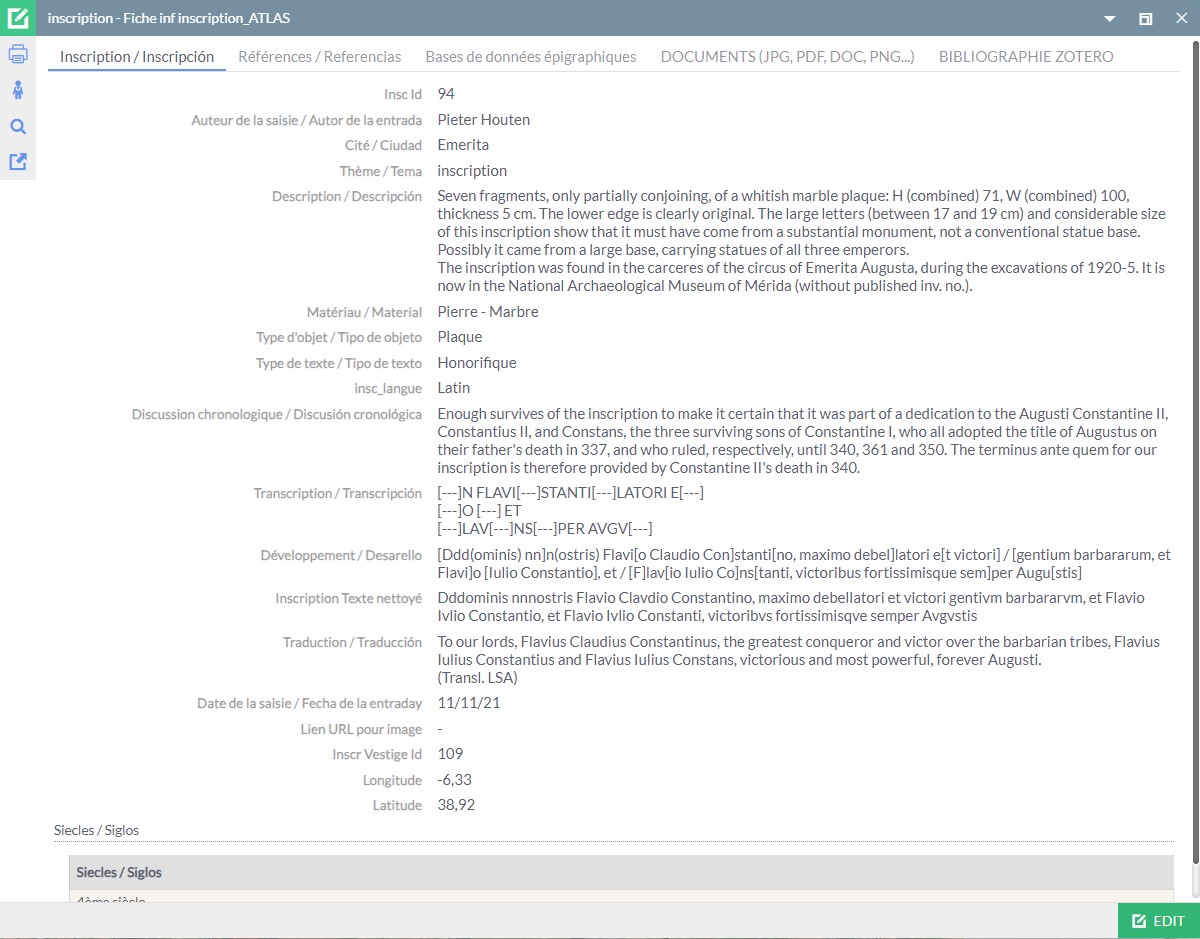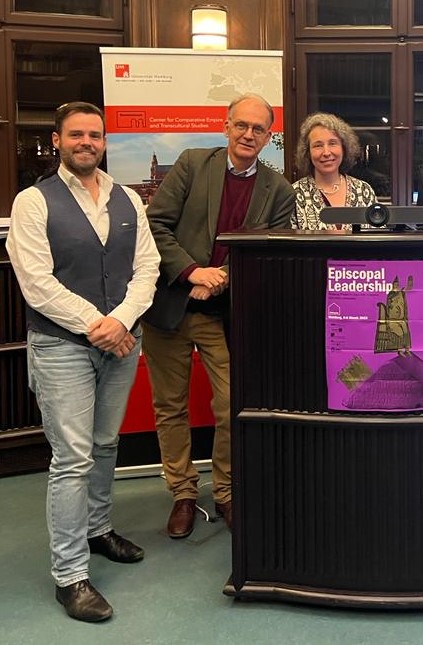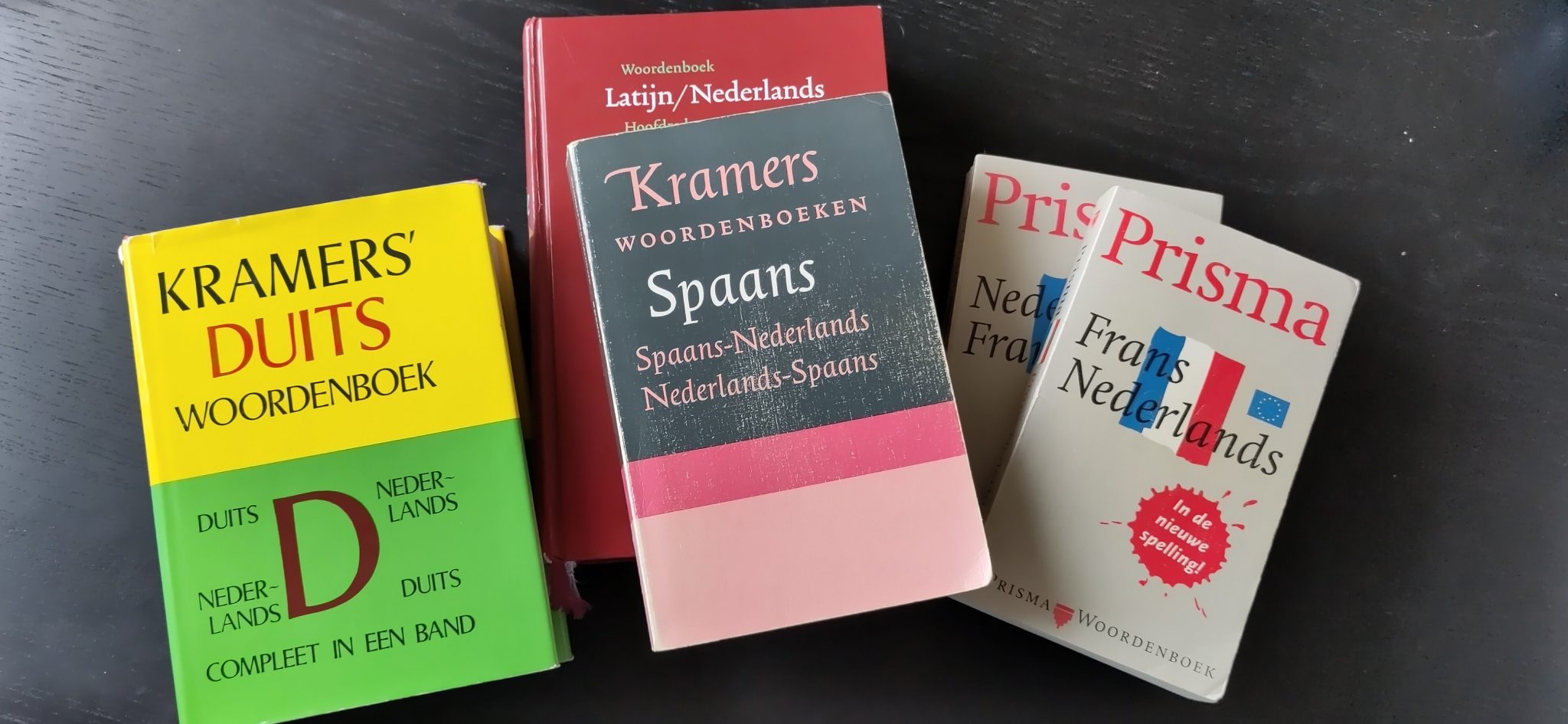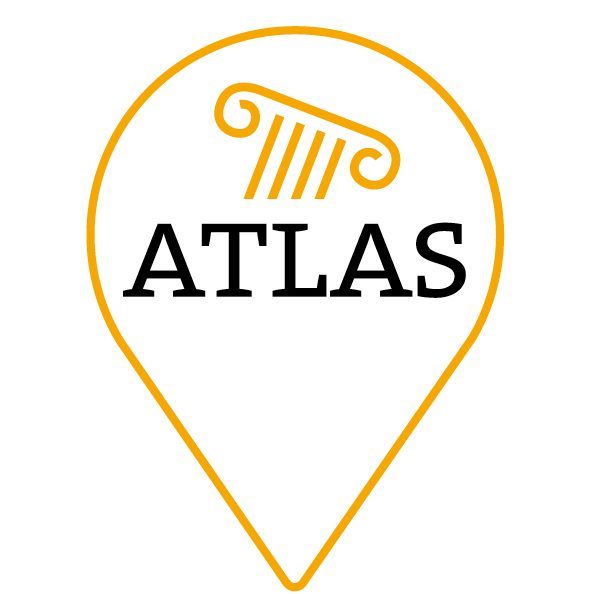As you might have noticed, our blogs are published in three languages: Spanish, French and English. This has all to do with the multilingual nature of our project. You might wonder why we opt to make our project multilingual and not just limit it to the ‘international’ language English. Well, there are several reasons for our project to be multilingual. The most obvious are the origins of the project and the funding, which comes from France with the Agence nationale de la recherche (ANR) and Germany with the Deutsche Forschungsgemeinschaft (DFG). Here we already have two languages with a long history in academic research. German has been a language of importance to the Altertumswissenschaften since the beginning of the field. It is not without reason scholars joke that every topic has been published by a 19th century German. As an academic language German continues to hold an important place. Although German is of such importance for the field of Antiquity, we use Spanish for our outreach. This has its raison d’être in an equally fundamental part of the project: the valorisation and outreach of the project disseminating the results.
Facilitating outreach
The images of academia in its ivory tower are often a harsh truth and difficult to overcome. We can get so submerged into our topic that we lose sight of what is of interest to the general public and why we are doing it beyond the idea of l’art pour l’art. As most projects are, like ours, funded with public money, valorisation and outreach are necessary elements. We are convinced that part of our work is also to return and offer the knowledge generated to society. This is where Spanish enters. Since we are researching the south of Spain and the north of Tunisia we have opted to write our blogs in Spanish and French. Two languages widely used in the academic world of our project. In an ideal world we would have added Arabic to our website, whereby we would be able to reach out to the wider public in Tunisia and the whole Arabic speaking world. However, since none of the core team has sufficient knowledge of the Arabic language this means we can’t do it ourselves. Instead we opted for English as the ‘international’ language, thereby we hope to reach out to more people beyond our research focus and get people interested in the history of the Iberian Peninsula and the Maghreb. In future projects we might have to consider earmarking part of the outreach funding for translations of our texts to Arabic so we can reach out to more people.
WebGIS Multilingual
Another outreach element of our project is the WebGIS. Last month we wrote a blog explaining the WebGIS and how it works. Again we find that this is a multilingual element of our project. But here we find a mix of languages. The webGIS itself uses French, where the archaeology is written in Spanish and the epigraphy in English…


During our meeting in La Rochelle at the start of the project we discussed the possibilities of creating a trilingual database. Soon we realised that this meant that we would have three databases running alongside each other. So each entry had to be done three times, one for each language. With the planning to finish the database entry phase before March 2024, this was not a feasible option. As a result we decided that we would use French, Spanish and English as the academic languages of the project and use these in the database. You can see that most archaeological entries are in Spanish as these are done by Ada, whereas the epigraphy is entered by Pieter in English. Both opted for these languages as these are the languages they are most comfortable with. Though we ask for your understanding if you come across any small linguistic errors, these are the hazards of this multilingual profession!
Multilingual Meetings
You may find this mixing of three languages a bit cumbersome and, again, wonder why we don’t just use English. In fact, you’ve probably already noticed that we don’t use English in the programmes of our annual meetings either. But it’s not really necessary, because the vast majority of ATLAS members have a very good level of Spanish or French, which allows us to exchange ideas without any problems.

So our discussions often take place in two languages at the same time, or one of the speakers decides to express himself or herself in the other’s language. Naturally, this means that we must all make an effort to communicate and to listen patiently to others, especially those who are encouraged to use a language that is not their own. But even those who do not yet feel confident to express themselves in these languages often have a broad knowledge of other languages close to French or Spanish, which enables them to understand what is being said without difficulty. This is certainly a very good way of broadening our linguistic knowledge while promoting a friendly and tolerant atmosphere of scientific exchange with all colleagues, who are always willing to facilitate discussions in any language. But, in addition, by using these languages we also facilitate understanding for those listeners from Tunisia or Spain who decide to attend our meetings.
So far the official workshop meetings, but what happens in the more informal meetings is even more interesting. Here we find that a multitude of languages is spoken. And yes English is part of these languages. As already said, the passive knowledge, or understanding what is said, is often higher than the active knowledge, leading to funny communication triangles. A famous one is held between three members alternating between French, German and even Dutch!

Does it work?
We are convinced that this multilingual system of communication works perfectly well. So far, all our meetings have led to productive discussions between colleagues. When encountering the limits of our linguistic knowledge we can always rely on an intermediary language. Moreover, when writing we can resort to the old fashioned dictionaries or use the digital equivalents to facilitate our multilingual communication.

The project is also a human sciences project, so the promotion of linguistic richness is a value we hold dear. But in any case, you can judge for yourselves by attending our scientific meetings or by reading our forthcoming bilingual publication (FR-ES) in the ATLAS companion to urbanism in Late Antiquity.
